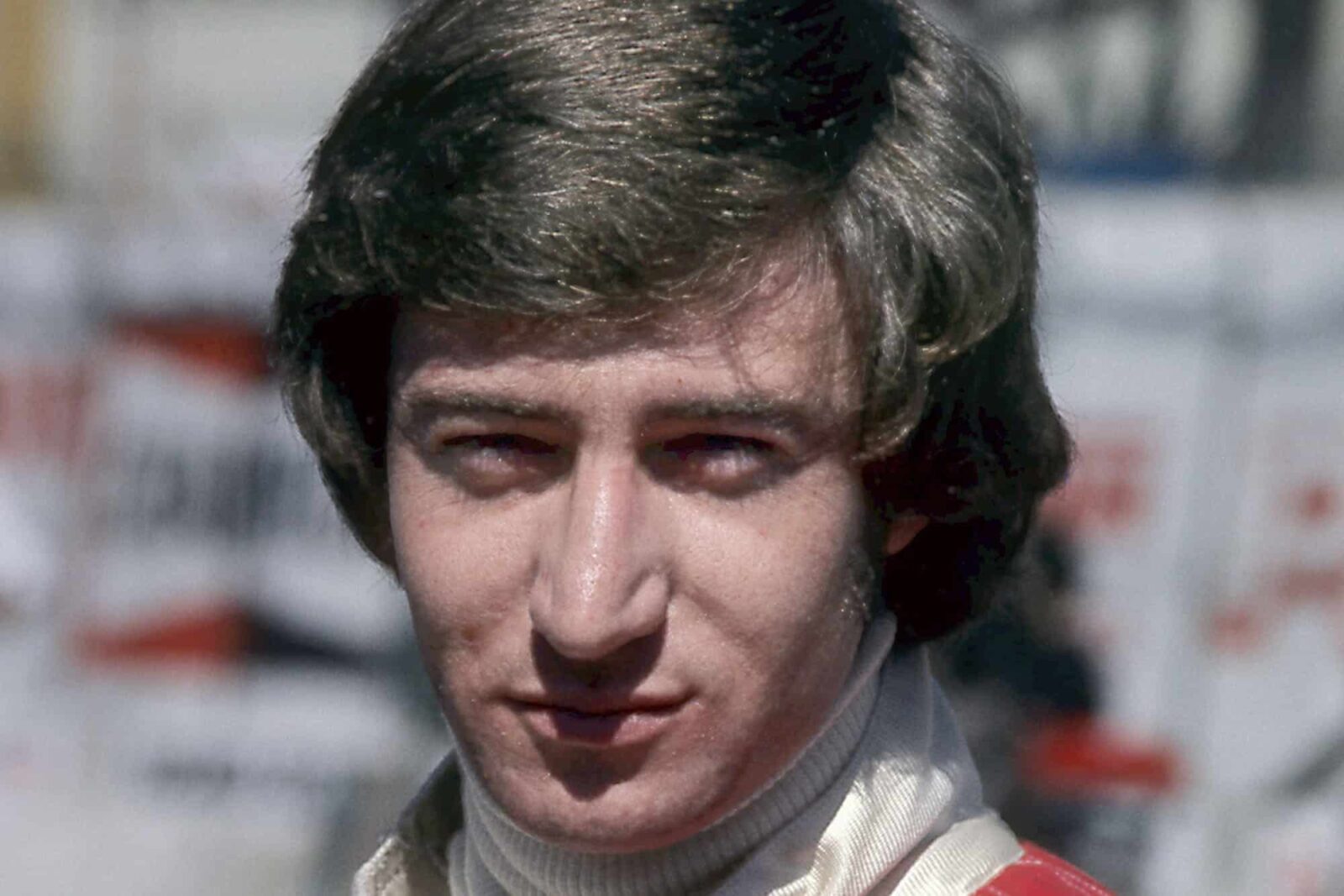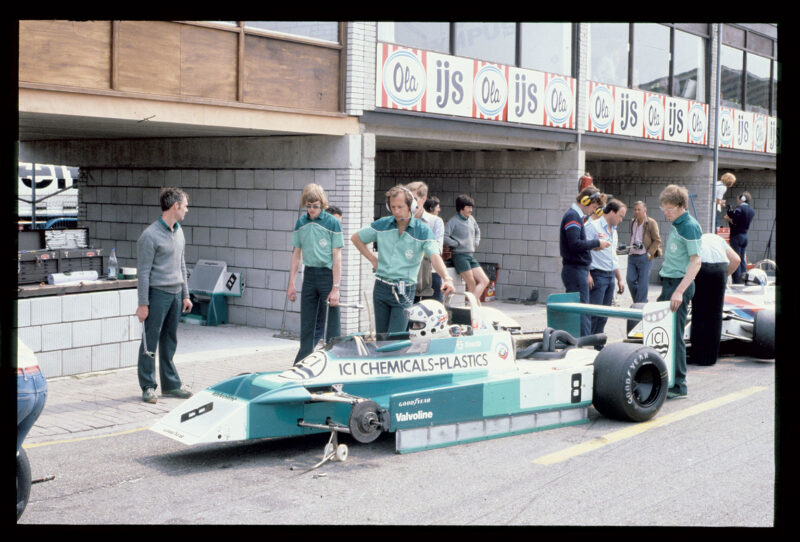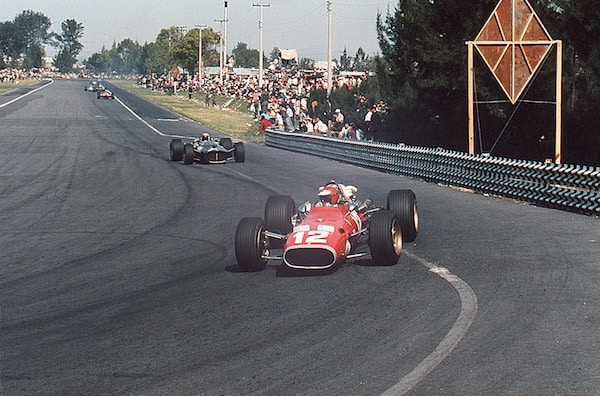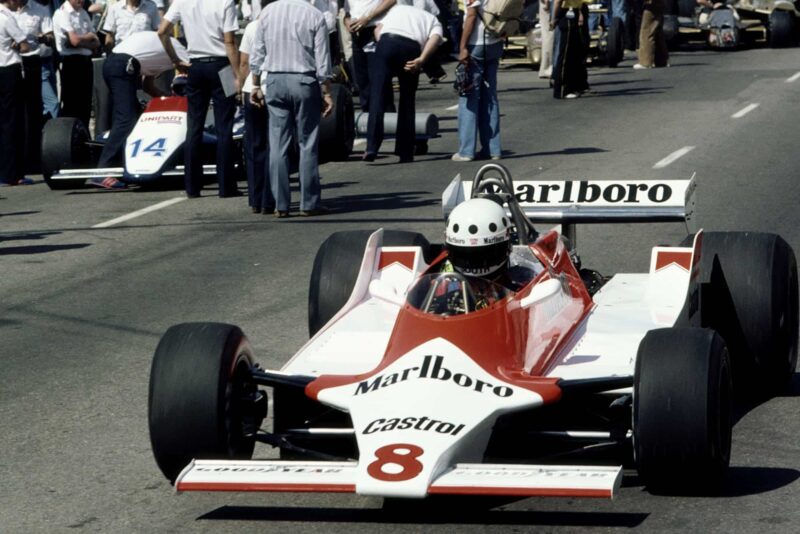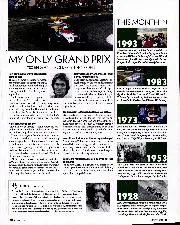His luck changed when bar owner John Stokes, a former karting rival, asked him to prepare his March 753. In return Stephen could have a few outings in it. He proved so competitive that the arrangement stretched into the start of 1976, until South acquired his own 763. Alas, he hit a spinner on his first outing in it and the chassis flexed badly thereafter. The problem was not solved until a long winter rebuild.
Finally, everything came together in 1977. South towed his repaired March to the opening F3 race at Silverstone, and promptly won. A sympathetic Alan Docking agreed to help him and Stephen later picked up some support from BP. His season was marked by a bitter battle with Derek Daly, the pair having controversial clashes at the Monaco and Silverstone GP meetings, South rolling out of the latter event.
South secured the Vandervell title but, apart from a winter F2 debut at Suzuka, that success led nowhere: “I was extremely naïve. I reckoned that, having won one of the F3 championships and finished second in the other, people would beat a path to my door…”
‘Colin Chapman says if you don’t want to sign the contract, you don’t want to sign it.’
As a last resort the following June, a desperate South invested his depleted funds in a new March 782, plus a Hart engine. Running the plain blue car himself; with his father and one mechanic helping, he ventured to Donington: “I had to jump out and change the rollbars …” He stunned the Euro F2 regulars by qualifying seventh and setting fastest lap in the first heat before electrical problems intervened. He then took in an Aurora F1 round at Brands Hatch, and earned pole. Some modest extra backing enabled him to contest the F2 finale at Hockenheim, where he finished fourth.
This time his efforts had not gone unnoticed; the ICI Chevron team gave him a chance in the winter Temporada series. The sponsor then transferred its allegiance to Project Four, its boss Ron Dennis having invited South to join the March-equipped outfit — alongside nemesis Daly.
South set poles and fastest laps in the ungainly 792, but he suffered a string of incidents, in which he was often an innocent party. A win from pole at Hockenheim turned things around, and that summer he tested for the Ensign team at Silverstone, but a clashing F2 commitment kept him out of the British GP. Mo Nunn didn’t call back.
